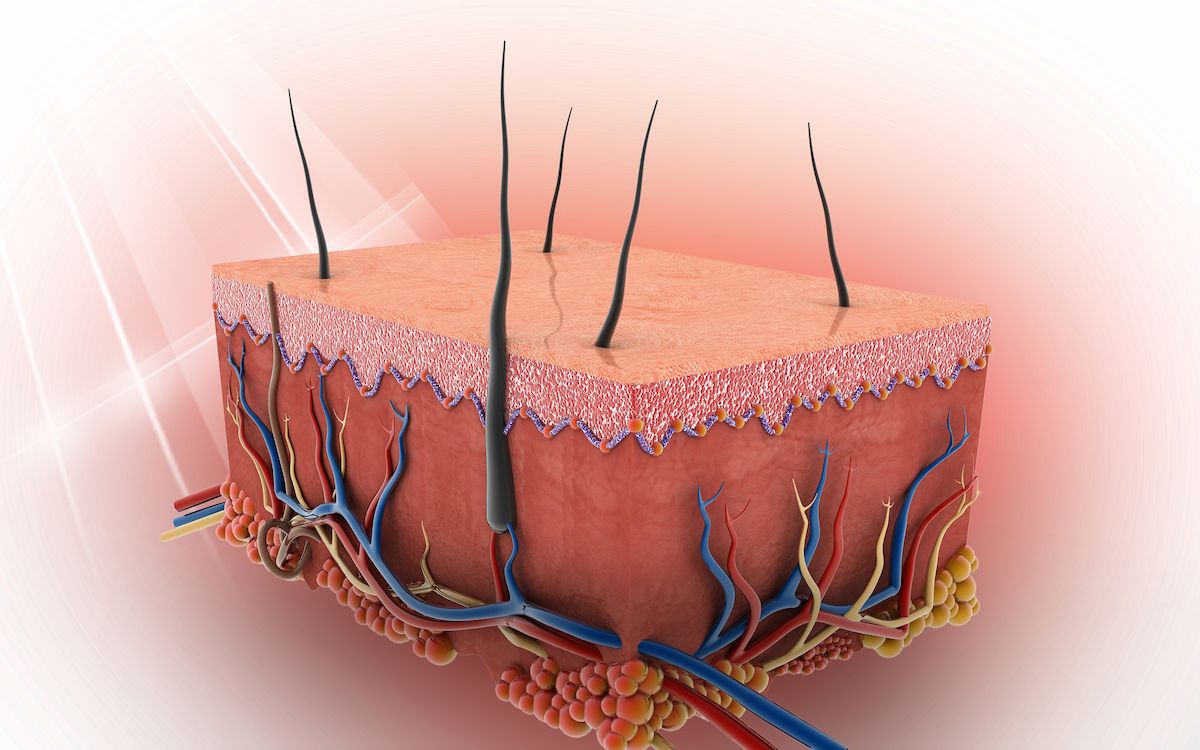China’s NMPA Accepts sNDA for Frontline Toripalimab in Metastatic Melanoma
Data from the phase 3 MELATORCH study support the supplemental new drug application for frontline toripalimab in unresectable or metastatic melanoma.
"The acceptance of toripalimab’s sNDA is proof of its value and importance in earlier line treatment. We eagerly anticipate its approval, as it would allow Chinese patients [with melanoma] to benefit from immunotherapy even earlier," according to Jun Guo, MD, PhD.

The National Medical Products Administration (NMPA) of China has accepted a supplemental new drug application (sNDA) for toripalimab (Tuoyi) as a frontline therapy for patients with unresectable or metastatic melanoma, according to a press release from the developer, Shanghai Junshi Biosciences Co., Ltd.1
Developers designed toripalimab to block PD-1 interactions with the PD-L1 and PD-L2 ligands and to exhibit enhanced receptor internalization. By blocking PD-1 from interacting with PD-L1 and PD-L2, the agent may enhance the immune system’s ability to target and destroy tumor cells.
Supporting data for the sNDA in this indication came from the phase 3 MELATORCH study (NCT03430297), in which investigators assessed the efficacy and safety of toripalimab vs dacarbazine in patients with untreated unresectable or metastatic melanoma.
“…Despite PD-1 inhibitors being approved internationally for first-line treatment of melanoma and even as adjuvant therapy for early-stage patients, no immune checkpoint inhibitor has yet been approved for these indications in China,” lead trial investigator Jun Guo, MD, PhD, chairman of the Chinese Society of Clinical Oncology (CSCO) Experts Committee on Malignant Melanoma from Beijing Cancer Hospital and a professor at Peking University Cancer Hospital, said in the press release.1 “The acceptance of toripalimab’s sNDA is proof of its value and importance in earlier line treatment. We eagerly anticipate its approval, as it would allow Chinese patients [with melanoma] to benefit from immunotherapy even earlier.”
In September 2023, investigators announced that MELATORCH’s primary end point of progression-free survival (PFS) was met after treatment with toripalimab.2 The experimental agent significantly prolonged PFS compared with dacarbazine across the study population. Additionally, the safety profile of toripalimab in MELATORCH was comparable with prior reports of the agent, and investigators observed no new safety signals.
Developers intend to present detailed findings from the MELATORCH trial at a future international academic conference.
“Through our phase 2 study, POLARIS-01 [NCT03013101], we confirmed the efficacy and safety of toripalimab as a treatment for patients with second- and later line melanoma. With the success of the MELATORCH study, the benefits of toripalimab may reach [patients with] first-line melanoma as well,” Guo said in a press release on these findings.2
“Compared [with] traditional chemotherapy drugs, patients treated with toripalimab monotherapy experienced improved PFS. Patients with different melanoma subtypes were also able to benefit from the treatment, an observation consistent with the findings of POLARIS-01. We are enthusiastic about the prospect of more [patients with] melanoma benefiting from our high-quality, innovative, and domestically produced drug,” Guo added.
In the open-label, multi-center MELATORCH trial, 256 patients were randomly assigned 1:1 to receive toripalimab or dacarbazine until progressive disease or intolerable toxicity. Investigators administered toripalimab at 240 mg every 2 weeks and dacarbazine at 1000 mg/m2 every 3 weeks.3
The trial’s primary end point was PFS per independent radiological review. Secondary end points included investigator-assessed PFS, objective response rate, duration of response, disease control rate, overall survival, and safety.
Patients 18 years and older with histologically confirmed unresectable stage III or IV melanoma and at least 1 measurable lesion per RECIST v1.1 guidelines were eligible for enrollment on the trial. Other eligibility criteria included having an ECOG performance status of 0 or 1, an estimated life expectancy of at least 16 weeks, and availability of tumor tissue for biomarker analysis.
Those with prior treatment with anti–PD-1, anti–PD-L1, or anti–PD-L2 therapy were unable to enroll on the trial. Patients were also unsuitable for study entry if they had malignant melanoma originating from the eyes or mucosa.
References
- Junshi Biosciences announces acceptance of supplemental new drug application for toripalimab as first-line treatment of unresectable/metastatic melanoma. News release. Junshi Biosciences. August 12, 2024. Accessed August 13, 2024. https://tinyurl.com/3jmzbbev
- Junshi Biosciences announces primary endpoint met in phase 3 study of toripalimab for 1st-line treatment of unresectable or metastatic melanoma. News release. Junshi Biosciences. September 25, 2023. Accessed August 13, 2024. https://tinyurl.com/3sf9we3d
- A randomized, controlled, multi-center, phase III clinical study to investigate recombinant humanized PD-1 monoclonal antibody injection (JS001) versus dacarbazine as the 1st-line therapy for unresectable or metastatic melanoma (JS001). ClinicalTrials.gov. Accessed August 13, 2024. https://tinyurl.com/msnwtsts